When Good Methods Go Bad: The Ghost Peak Problem Haunting Your LC-MS
Water contamination causes 60-70% of unexplained ghost peaks in LC-MS.
4 min read
Byron Druss : Jul 14, 2025 12:12:59 PM
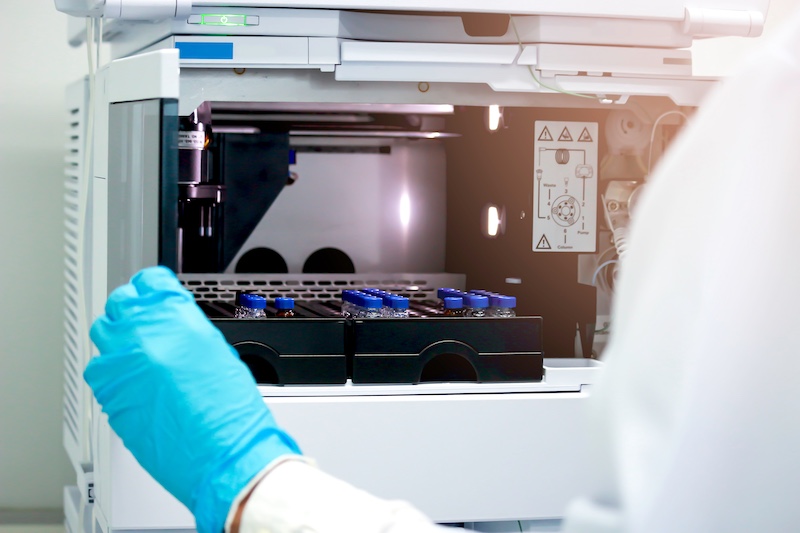
Your lab water system might be sabotaging your research without you knowing it. Here's why standard monitoring isn't enough and what happens when critical maintenance gets delayed.
The Problem: Perfect Numbers, Compromised Results
Ultrapure Water (UPW) systems show 18 MΩ-cm resistivity or higher while organic contamination silently destroys your data. Non-ionic organics don't conduct electricity. Your conductivity meter reads as perfect while your experiments fail.
This creates a dangerous blind spot. Labs monitor what's easy to measure, not necessarily what matters for research quality.
Critical Components That Can't Wait
Conditioning and Polishing Filters
These Ion Exchange (IX) Resin filters, the most effective for producing ultrapure water, remove organic contaminants that bypass standard monitoring. When they reach saturation, breakthrough occurs gradually and invisibly. And waiting too long can severely impact the system’s ability to produce Type 1 water resistivity and release unwanted contaminants into your workflow since microbial growth occurs very slowly, often not detected by TOC monitoring.
Replace every 6-12 months based on throughput, not just time.
Carbon Based Pre-Filters
The organic molecule comes in various shapes and sizes. Organics, as measured as TOC (Total Oxidizable Content) might be able to be removed by carbon, based on the size of the organic. Having a slower contact time and a taller filter improves performance. Filters are only effective until targeted contaminants experience breakthrough and affect your results.
Replace every 6-12 months based on throughput, not just time.
Reverse Osmosis
Although many will use reverse osmosis membranes for ionic reduction up to 98% of the incoming feed, it also will reduce organics. Organic reduction can be in the 70%-80% range.
Replace prefilters every 6 months and membranes every 6-12 months.
UV Bulbs
UV systems at 185nm and 254nm destroy organic molecules and prevent microbial growth. Aging bulbs lose effectiveness long before they stop working.
Replace annually or per manufacturer specifications - never extend beyond recommended hours.
Ultrafilters
Ultrafilters can be installed within the system or as a final filter. These filters, at a molecular weight of 5-10K Daltons, will remove macromolecules, endotoxins, nucleases, and particles. Clogged ultrafilters create back pressure and reduce system efficiency.
Replace filters on a 12-month schedule, when performing routine endotoxin checks, or when pressure drops become noticeable.
The Maintenance Schedule That Protects Your Research
Monthly Checks
Annual Requirements
When Components Fail: The Research Consequences
Analytical Chemistry:
Molecular Biology:
Cell Culture:
The True Cost of Delayed Maintenance
Hidden Costs of Failure
Reality check: Delaying a $300 filter replacement can cost $10,000+ in failed experiments.
Why Annual Sanitation Can't Be Skipped
Biofilms form gradually in distribution systems, creating:
Annual sanitation breaks this cycle before it impacts research. The cost of sanitation ($500-1,000) prevents contamination issues that can cost tens of thousands in compromised experiments.
Smart Maintenance Strategy
Proactive Replacement Schedule
Monitor What Matters
Budget Reality
Budget 3-5% of your annual research costs for water system maintenance. This prevents the 20-30% losses that come from compromised experiments due to poor water quality.
The Bottom Line
Your research is only as reliable as the water supporting it. When conditioning filters saturate, UV bulbs age, ultrafilters compromise, organic contaminants breakthrough silently.
The labs that consistently produce reliable results follow this simple principle: Preventive maintenance costs less than failed experiments.
Don't let a few hundred dollars in delayed maintenance destroy thousands of dollars in research. Your data integrity depends on water integrity - maintain both proactively. See your local lab water dealer for a successful maintenance program.
Frequently Asked Questions
Q: How do I know when my conditioning filters actually need replacement? A: Don't wait for breakthrough symptoms. Monitor TOC levels if possible, but more importantly, track total throughput volume. High-usage labs may need replacement every 6 months, while lower-volume labs can extend to 12 months. Replace before you think you need to. The cost is so much less than the consequences.
Q: Can I extend UV bulb life if the system seems to be working fine? A: Never extend UV bulb life beyond manufacturer recommendations. UV intensity drops significantly before bulbs fail completely. Your water may look perfect while organic contamination and microbial growth quietly increase. Annual replacement is non-negotiable for research-critical applications.
Q: What are the warning signs that my water system maintenance is overdue? A: Watch for subtle changes: HPLC baselines that drift more than usual, PCR reactions that occasionally fail, cell cultures that grow slower than expected, or any unexplained variability in routine procedures. By the time you see obvious symptoms, contamination has likely affected weeks of work.
Q: Is annual sanitation really necessary if we haven't had contamination issues? A: Yes. Biofilms form gradually and invisibly in distribution systems. They create contamination reservoirs that can suddenly release into your water supply during routine use. Annual sanitation prevents biofilm establishment before problems develop - it's insurance against catastrophic contamination events.
Q: Can lab staff perform these maintenance procedures, or do we need service technicians? A: Most filter and UV bulb replacements can be performed by trained lab staff following proper procedures. However, annual sanitation and system validation often require specialized knowledge and equipment. Partner with qualified service providers for comprehensive maintenance while handling routine replacements in-house to reduce costs and downtime. This way, all maintenance can be performed by qualified service providers.
Discover the CLïR lab water system best suited for your application.
Want to learn more about the ins and outs of water treatment? Subscribe to this blog and we'll keep you posted.
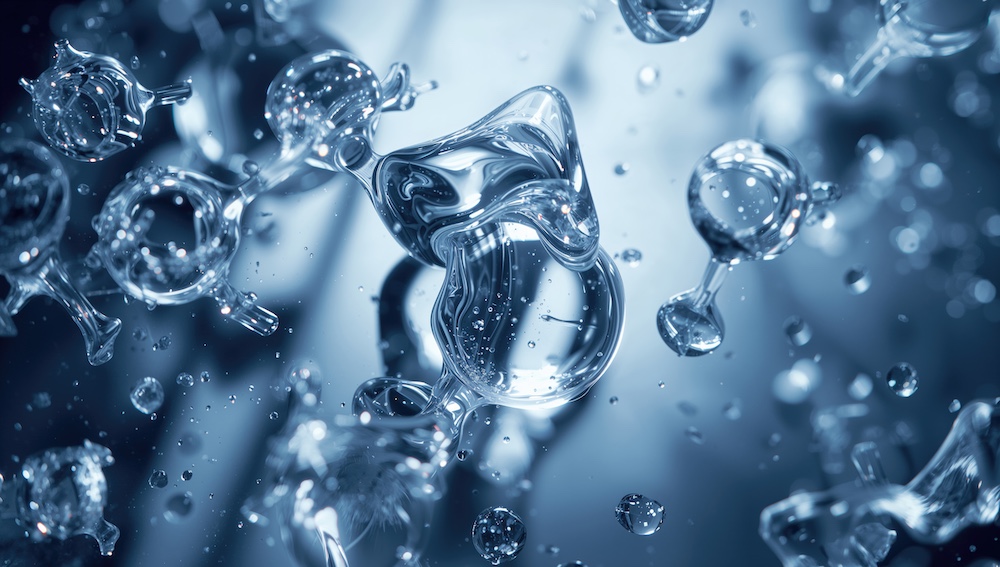
Water contamination causes 60-70% of unexplained ghost peaks in LC-MS.
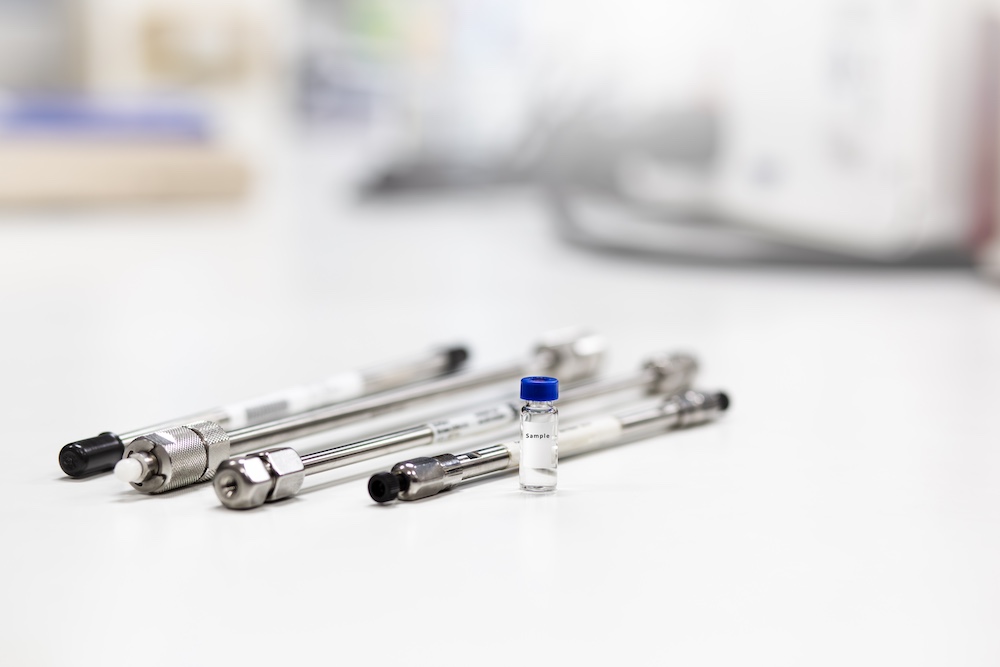
Your HPLC columns shouldn't fail after a few weeks. Under normal operating conditions, most reverse-phased C18 columns deliver stable performance for...
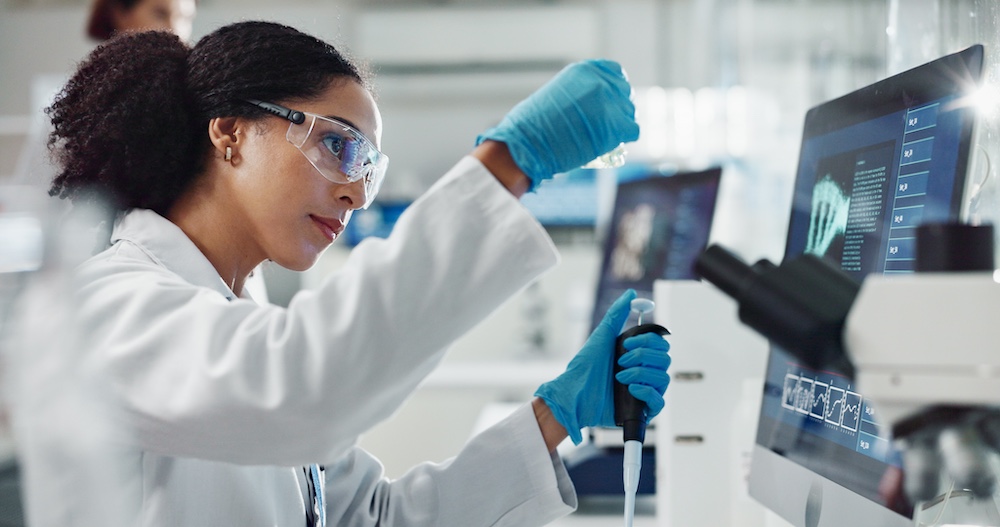
Ultrapure water (UPW) is like a lab's clean room, but in liquid form. At 18 MΩ-cm resistivity, Type I water isn't just "really clean"—it's so pure...

Ultrapure water (UPW) is like a lab's clean room, but in liquid form. At 18 MΩ-cm resistivity, Type I water isn't just "really clean"—it's so pure...
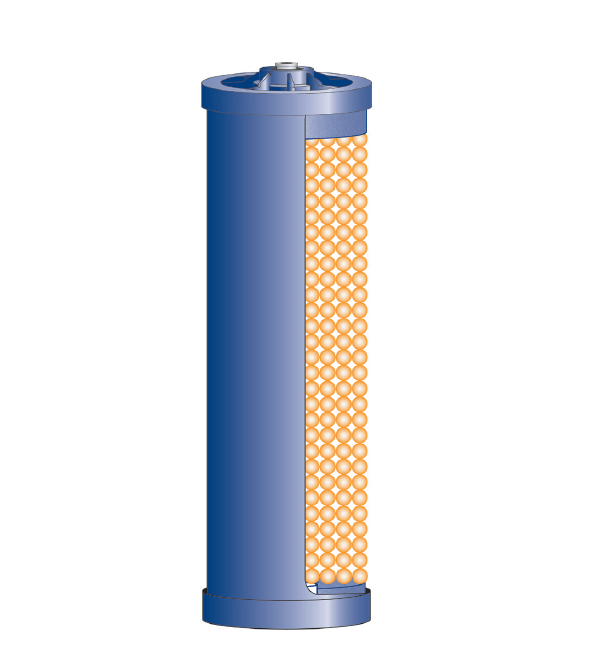
After interviewing Bailey Rau, Product Development and Manufacturing Engineer at ResinTech, about designing water filters we prioritize some...
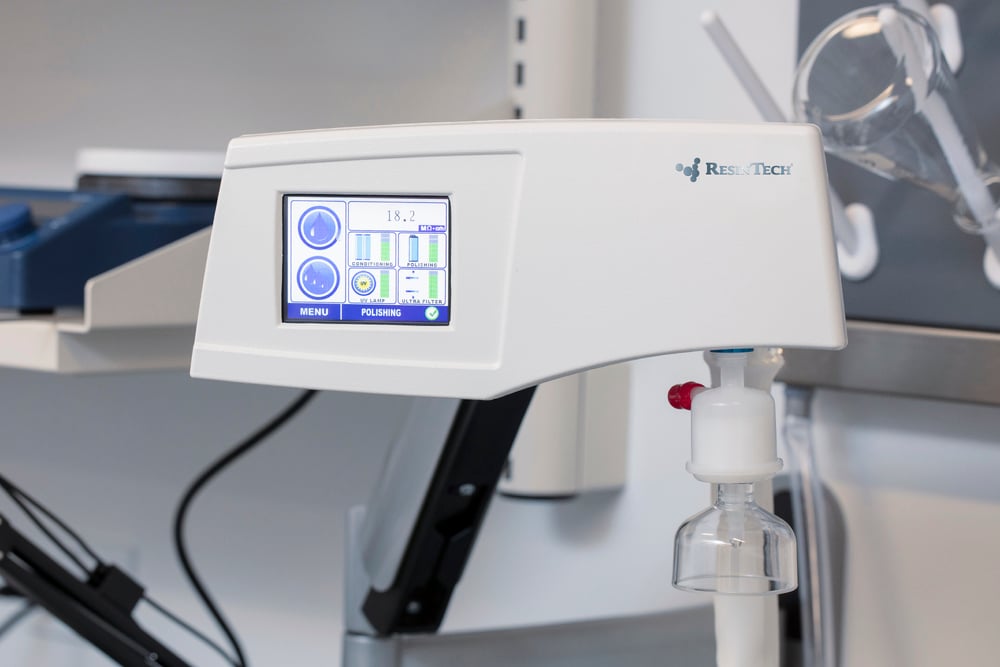
Ultrapure water systems are essential in labs performing high-precision work such as HPLC, molecular biology, and clinical diagnostics. These systems...